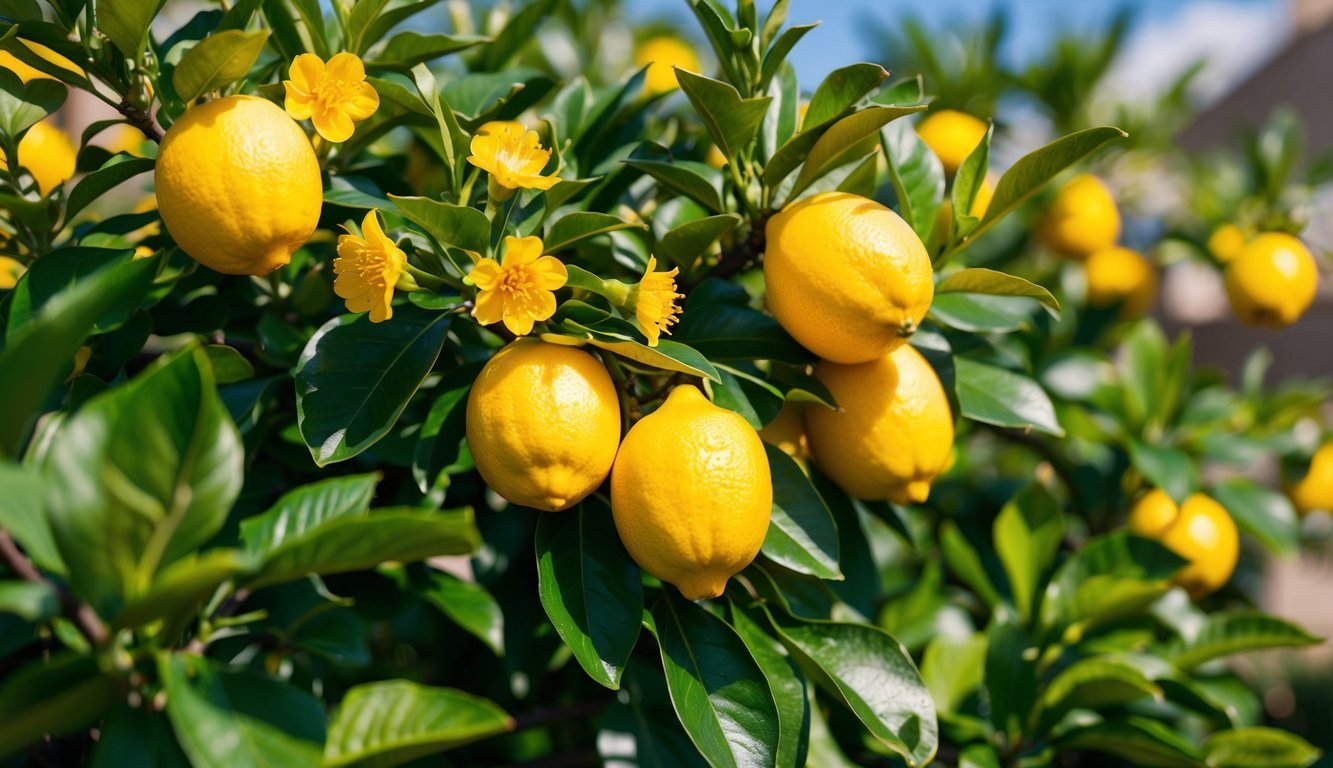
For any fruit lover, having a lemon tree in the garden is a delight, supplying fresh lemons even in the chill of winter.
Yet, it’s not uncommon for these trees to drop their blossoms instead of producing the sought-after fruit.
To help shed light on this issue, expert grower Jerad Bryant examines nine frequent triggers for premature flower loss and shares actionable remedies.
Citrus trees hold a special place for fruit enthusiasts worldwide.
They remind us of delightful desserts like key lime pie and refreshing lemonade, while their fragrant yellow and white flowers attract a variety of pollinators.
In North America, especially in colder regions, gardeners often keep lemon trees in pots so they can be moved indoors during winter.
This shift, however, can create challenges in keeping flowers intact, as these trees thrive best in stable environments.
Lack of Pollination
One major reason for flower drop, particularly in indoor settings, is insufficient pollination.
Citrus flowers require pollinators to transfer pollen efficiently from the male anthers to the female stigmas.
Without these helpers, blossoms may wither and fall before setting fruit.
Wind, too, aids in self-pollination by circulating pollen through the air, which boosts the chances of successful fertilization.
Mimicking these natural processes can significantly improve fruit production for your lemon tree.
- Solution: While outdoor trees generally face fewer pollination challenges unless they’re regularly exposed to frost, consider avoiding planting citrus in frost-prone areas.
In warmer climates with fewer pollinators, plant another citrus nearby to draw in more beneficial insects.
- For those with indoor trees, hand pollination can effectively substitute for the absence of insects and wind.
You might gently shake the tree to simulate a breeze or use a small brush to transfer pollen between flowers.
Moisture Challenges
Both overwatering and underwatering can lead to flower drop in lemon trees, which are particularly sensitive to abrupt soil moisture changes.
It’s vital to tailor your watering practices to suit your tree’s specific needs for optimal blooming and fruiting.
- Solution: Keep the soil consistently moist, allowing the top layer to dry out between watering.
Lemon trees thrive in well-draining soil enriched with organic matter, which helps to maintain adequate moisture levels.
Nutrient Deficiencies
Like all plants, lemon trees rely on soil nutrients to grow, blossom, and bear fruit.
A deficiency in vital nutrients can hinder their development and flower retention.
- Solution: Regularly fertilize your lemon tree with an organic fertilizer rich in nitrogen during the growing season.
Remember to maintain a balanced approach, as over-fertilization can be just as harmful.
By tackling these challenges head-on, you can cultivate an ideal environment for your lemon tree, setting the stage for robust flowers and a bountiful crop of delicious lemons.
Source: Epicgardening

